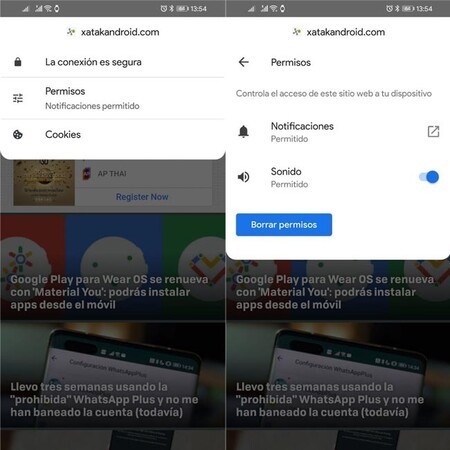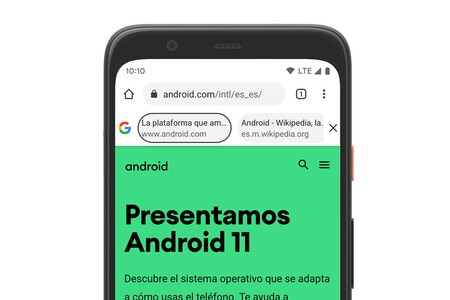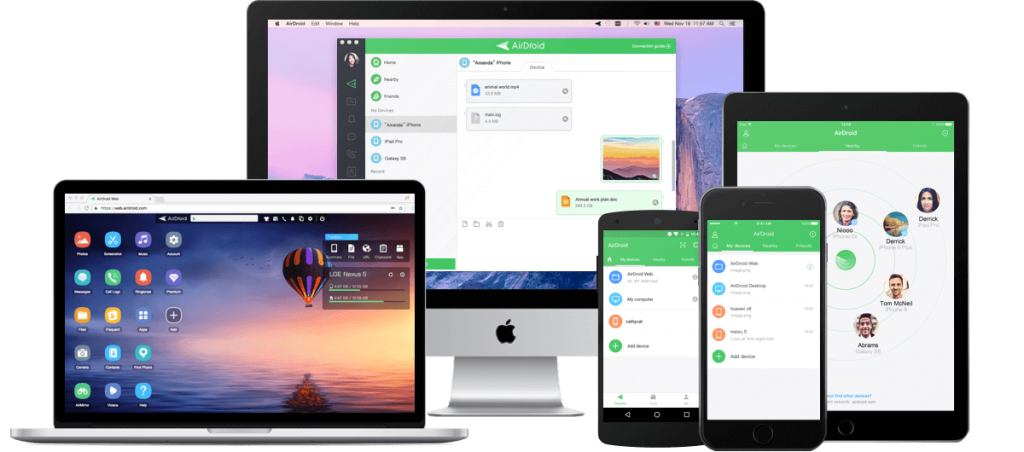Google Chrome reaches version 92 on Android And, although it does not bring a huge amount of news, it does have a few interesting changes both in the field of security and in the easier access to change the permissions of a web page.
Google Chrome 92 is now available to download both on Google Play and through its corresponding APK, in case the update still does not appear in the store. We tell you the main what’s new in Google Chrome 92 for Android.
Permissions of a more handy application

In the field of usability, there is a small change that will make it easier for you to manage permissions that you have granted -or denied- to a website. The way to access is the same: by tapping on the web page icon in the address bar and then entering Permissions.

The difference comes in what happens next. Although you could already see all the permissions of each application, you had to tap on each of them to change its status activated or denied. In Chrome 92 there is a switch, faster.
Continuous search

Entering the realm of news that are not yet available from the outset, but they need the activation of a Chrome Flag, the continuous search is found, which we saw previously.
It is activated by the flag #continuous-search and basically what it does is show a top bar every time you enter a Google search result. In that bar other search results are displayed, so you can switch from one to the other without having to go back.
Most visited websites by hand

Another novelty hidden under a Chrome Flag are the shortcuts for the most visited web pages, just below the address bar. We also saw it before and at the moment it is not active from the beginning in Google Chrome 92 either.
In this case the Chrome Flag to activate is #omnibox-most-visited-tiles. Then each time you tap on the address bar to do a search or write a web page, you will see the websites you visit most frequently just below.
Other novelties
Also, Google Chrome 92 for Android improves process isolation, in use on web pages that use OAuth login providers such as “Login with Google”. This process isolation requires a little more resources, so it is disabled on mobiles with less than 2 GB of RAM.

The Format open API, whereby a web page can be configured as a specific option to open a specific file format in the operating system. For example, a text editor web application could be set as the default application for opening TXT documents.









